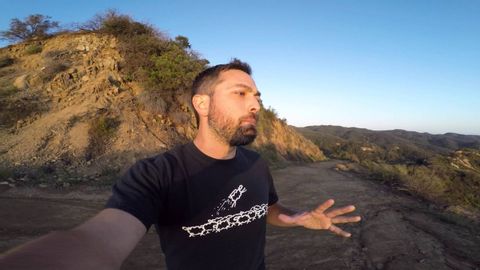為什麼軼事勝過數據? (Why Anecdotes Trump Data)
 沒有此條件下的單字
沒有此條件下的單字- v.t.裝出;假裝;以為;(想當然地)認為;承擔;就任
US /ˌɪndəˈvɪdʒuəl/
・
UK /ˌɪndɪˈvɪdʒuəl/
- n. (c.)個人;單個項目;個體;個人賽
- adj.個人的;獨特的;個別的;獨特的
US /ˈdisənt/
・
UK /ˈdi:snt/
- adj.正派的; 得體的;正派的;慷慨的;穿著得體的;相當可觀的
US /ˌsɪtʃuˈeʃən/
・
UK /ˌsɪtʃuˈeɪʃn/

